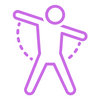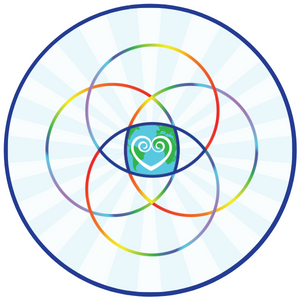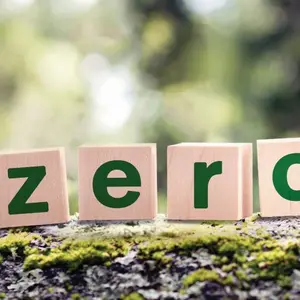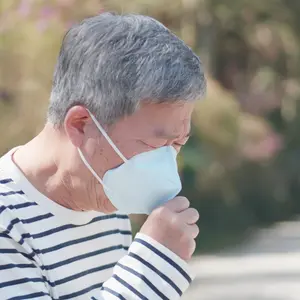

Exercise, Energy and Movement

Exercise, Energy and Movement
WHO Encourages All Ages to “Get Moving”
In 2018 the World Health Organization (WHO) launched ACTIVE, a policy toolkit to help governments increase physical inactivity among their populations. According to WHO, the alarming level of physical inactivity around the world has health, social, and economic consequences.
“We must get the world moving,” says the director-general of WHO, Dr. Tedros Adhanom Ghebreyesus. “Our job is to create a world that will help our children to be active and make cities easier for people to walk and cycle.”
According to WHO data, one in four adults don’t meet the organization’s recommendations on physical activity to improve health and well-being. ACTIVE presents a new “whole of system” approach to the problem. “It shows governments how to make use of the many solutions and opportunities that can be tailored to local community’s needs and contexts in all countries,” says WHO program manager for surveillance and population-based prevention, Dr. Fiona Bull.
WHO is targeting four areas: active societies, to implement behavior-change communication campaigns; active environments, to promote facilities and public open spaces that provide access to places for walking, cycling, and other physical activity; active people, to ensure access to programs and services to engage people in regular physical activity; and active systems, to strengthen leadership, governance, and information systems to support coordinated policy implementation.
WHO recommends that adults do 150 minutes of moderate, or 75 minutes of vigorous activity weekly. Children should accumulate at least 60 minutes of moderate to vigorous activity each day.
Beyond improving health, being active can help the environment. More walking and cycling can reduce the use of automobiles and fossil fuels and contribute to economic activity through employment opportunities.
REFERENCES
WHO launches ACTIVE: A toolkit for countries to increase physical activity and reduce non-communicable diseases. (2018, October 17). World Health Organization. https://www.who.int/news-room/detail/17-10-2018-who-launches-active-a-toolkit-for-countries-to-incr…


 By
By







